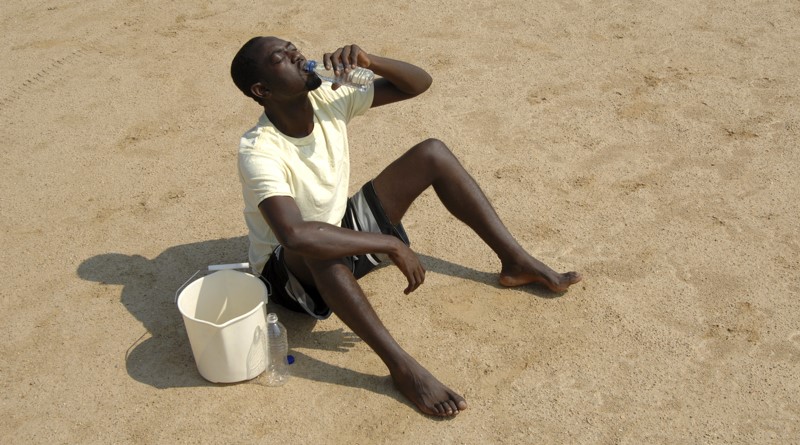Concentration of plastic particles in bottled water much higher than anticipated: Study

The concentration of microplastics in drinking water across several parts of the world is much higher than expected, a new study has revealed, warning that microscopic plastic pieces been found in bottled water in concentrations 10 to 100 times more than previously estimated.
The findings of the study carried out by a team of researchers from Columbia University and Rutgers University in the US, have again raised health concerns among authorities, with experts underlining the need for stoppage of prevalent usage of plastics.
The team found roughly 240,000 detectable plastic fragments in a typical liter of bottled water. About 10 per cent of the detected plastic particles were microplastics while 90 per cent were nanoplastics. Microplastics are between 5 millimeters to 1 micrometer; nanoplastics are particles less than 1 micrometer in size.
These particles are difficult to detect and identify as plastic or assess their chemistry, but the researchers combined imaging techniques with algorithms that enabled both their identification as plastic and a fairly specific analysis of their chemistry.
So far, there was a fundamental knowledge gap in nanoplastics because of the lack of effective analytical techniques. The study has developed a powerful optical imaging technique for rapid analysis of nanoplastics with unprecedented sensitivity and specificity.
As a demonstration, micro-nano plastics in bottled water were analyzed with multidimensional profiling of individual plastic particles. Quantification suggests more than 105 particles in each liter of bottled water, the majority of which are nanoplastics. This study holds the promise to bridge the knowledge gap on plastic pollution at the nano level.
Plastics are now omnipresent in our daily lives. The existence of microplastics and possibly even nanoplastics has recently raised health concerns. In particular, nanoplastics are believed to be more toxic since their smaller size renders them much more amenable, compared to microplastics, to enter the human body”, said the recent study, which was published earlier this month in the Proceedings of the National Academy of Sciences (PNAS).
“However, detecting nanoplastics imposes tremendous analytical challenges on both the nano-level sensitivity and the plastic-identifying specificity, leading to a knowledge gap in this mysterious nanoworld surrounding us. To address these challenges, we developed a hyperspectral stimulated Raman scattering (SRS) imaging platform with an automated plastic identification algorithm that allows micro-nano plastic analysis at the single-particle level with high chemical specificity and throughput”, the authors write in the study.
Nanoplastics could be even more dangerous than microplastics because when inside the human body, “the smaller it goes, the easier for it to be misidentified as the natural component of the cell,” Min, a professor of chemistry at Columbia University and one of the study’s co-authors was quoted as saying.
The researchers used a technology involving two lasers called SRS microscopy to detect the particles and used machine learning to identify them. They searched for seven common types of plastic using this system: polyamide 66, polypropylene, polyethylene, polymethyl methacrylate, polyvinyl chloride, polystyrene and polyethylene terephthalate.
The team tested three brands of bottled water.
The particles they could identify accounted for only 10 per cent of total particles they found — the rest could be minerals, or other types of plastics, or something else, said research professor at the Lamont-Doherty Earth Observatory of Columbia University and co-author Beizhan Yan.



